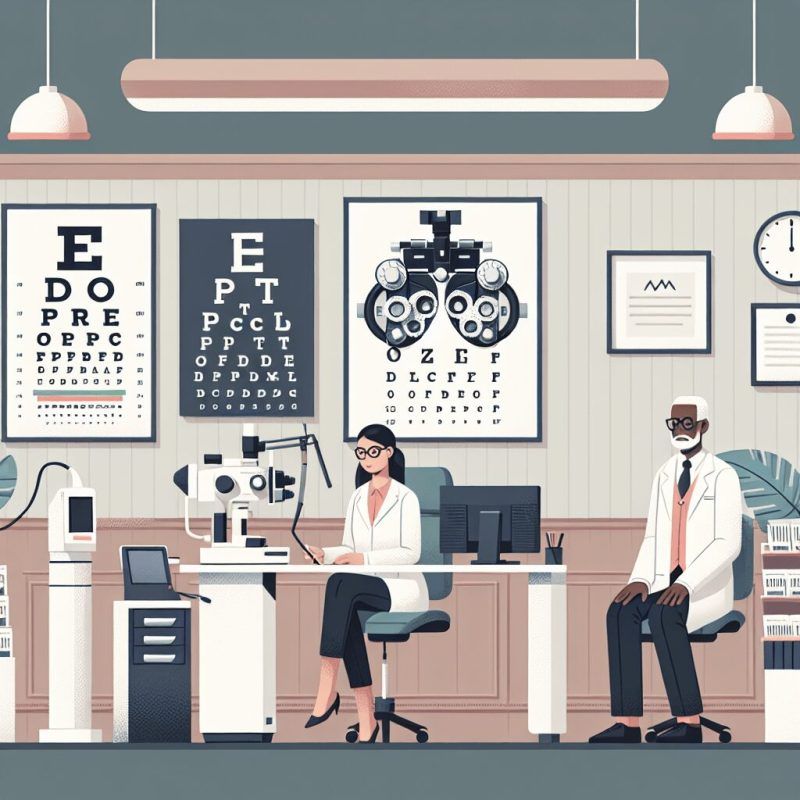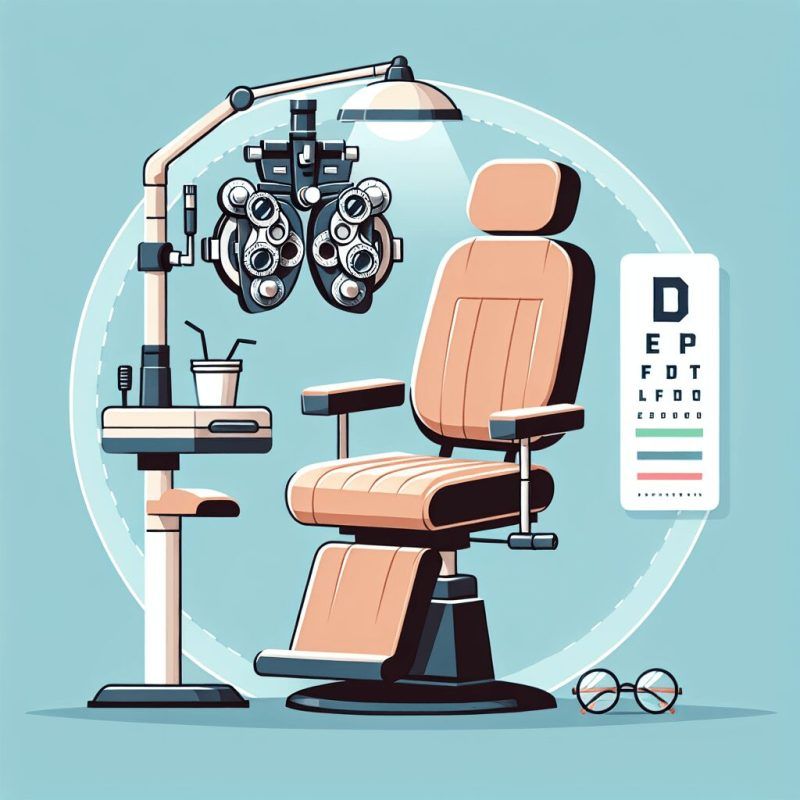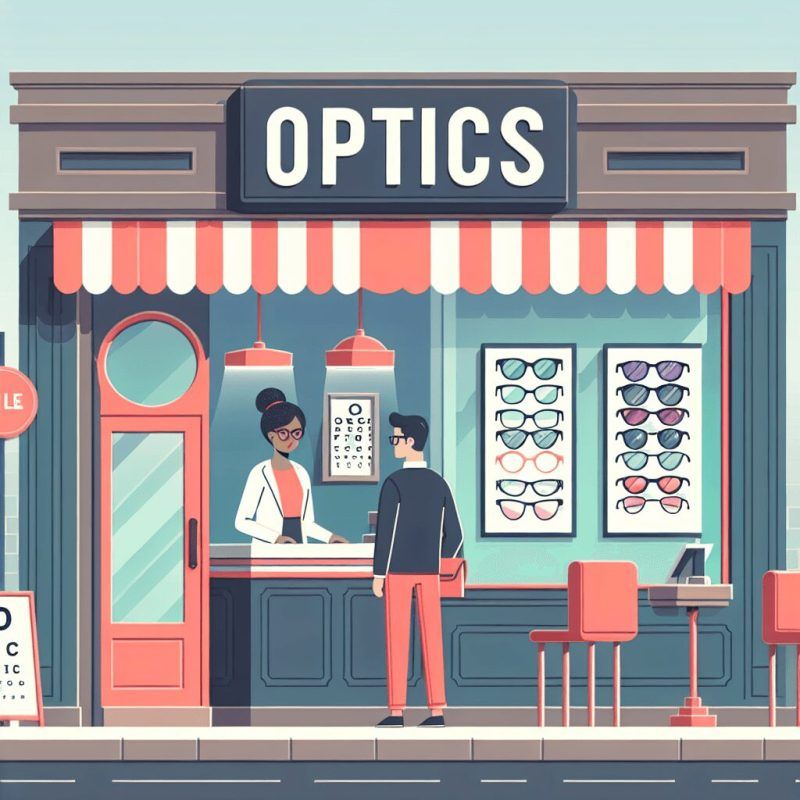Doctor's Corner
How Is Dynamic Visual Acuity Test Performed?
Welcome to Superior Eye Care, your one-stop destination for thorough, comprehensive, and personalized eye health solutions. Our dedicated team of professionals is committed to providing an array of tests and assessments designed to keep your vision at its best. One of these crucial tools in our toolkit is the Dynamic Visual Acuity Test (DVAT), an advanced technique for examining the quality of your vision, especially while in motion. This test is particularly important for athletes and individuals whose professions or lifestyles require exceptional dynamic vision.
In a world that's constantly on the move, the ability to see clearly while in motion, known as dynamic visual acuity (DVA), is key to our daily lives. From driving to participating in sports, and from simple tasks like crossing the road to more complex ones like maneuvering through a crowded area, our dynamic vision plays an instrumental role. That's why, at Superior Eye Care, we employ the DVAT to ensure your eyes are not just fit for a static world, but for a dynamic one too.
The DVAT is an essential part of our comprehensive eye examinations. It evaluates your ability to discern the details and shape of moving objects. But how is the Dynamic Visual Acuity Test performed? Let's walk you through it:
- Initial Consultation: We begin with a thorough understanding of your vision history and any symptoms you may have noticed. This initial consultation helps our experts to cater to your unique needs and to choose the appropriate testing mechanisms.
- Pre-Test Procedures: You will be comfortably seated in a distraction-free environment. Instructions will be provided to ensure you understand the procedure fully.
- The Test: You will be asked to focus on a visual target, usually letters or images, presented on a video monitor. This target starts moving at varying speeds and directions, and you will be asked to identify or track the object visually.
- Evaluation: As you engage with the moving targets, your responses are recorded and analysed to determine how well your eyes perceive details while in motion. The test usually takes a few minutes and is completely painless.
- Discussion of Results: Once the test is complete, our eye care professional will discuss the results with you. If any abnormalities are detected, further evaluations or treatment plans will be recommended.
- Follow-up: We believe in continuous care. We will schedule follow-up appointments to monitor your dynamic visual acuity and adjust any treatment plans as needed.
What Is Visual Acuity?
Visual acuity is a crucial aspect of your vision, often considered a cornerstone of eye health evaluations. It represents a quantitative measure of the clarity or sharpness of your vision, highlighting the eye's ability to perceive, recognize, and identify objects and details at a given distance.
This aspect of your vision is commonly expressed as a fraction such as 20/20 or 20/40. The numerator or top number signifies the distance at which you stand from the eye chart, usually 20 feet, which is a standardized distance in eye examinations. The denominator or bottom number denotes the distance at which an individual with typical or 'normal' vision could discern the same line of letters or symbols you're viewing on the chart. A visual acuity of 20/20 is often considered 'normal' vision, indicating that you can see at 20 feet what the average person can also see at the same distance.
What Is Best Corrected Visual Acuity?
In the vast domain of ophthalmology, the term "Best Corrected Visual Acuity" (BCVA) is commonly used. BCVA refers to the sharpest or most clear vision that a person can achieve, usually with the help of corrective lenses such as glasses or contact lenses.
BCVA serves as a pivotal benchmark in evaluating the health and performance of your eyes, reflecting how well your eyes can focus light onto the retina—the light-sensitive tissue lining the back of the eye. Importantly, BCVA can signal potential eye health issues. If your BCVA is below normal, even with the use of corrective eyewear, it may suggest a problem that needs further evaluation.
How Is Dynamic Visual Acuity Test Performed?
- The patient is seated at a prescribed distance from a computer screen, instead of a standard eye chart.
- The patient wears an inertial measurement unit (IMU) that can track head movements in three dimensions.
- Images, which could be letters, words, or optotypes (like a tumbling E or Landolt C) are displayed on the computer screen.
- The patient is asked to identify these images or their directions (up, down, left, or right) while keeping the head still. This establishes the baseline visual acuity.
- Next, the patient is asked to identify the images or their directions during head movements. This measures the dynamic visual acuity.
- These head movements can be performed actively (by the patient) or passively (by the clinician).
Why Is The Visual Acuity Test Performed?
The primary goal of the visual acuity test is to assess your ability to see details at near and far distances. It's an integral part of eye examinations, providing vital information about your vision.
Abnormal results might be an indication of vision problems such as myopia (nearsightedness), hyperopia (farsightedness), astigmatism, or other eye conditions. In addition, the test is an efficient way to check for the signs whether you need glasses or to update your existing prescription for glasses or contact lenses.
The visual acuity test can also identify undetected or untreated vision issues. Early detection is paramount in eye health as it allows for prompt treatment, potentially preventing further vision deterioration.
When Should You Have A Visual Acuity Test?
It's essential to incorporate regular visual acuity tests into your eye health routine. As a rule of thumb, adults with no known vision issues should have their eyes checked every two years. However, if you wear corrective eyewear, have a family history of eye disease, or have a chronic disease that increases the risk of eye issues, such as diabetes, you should get your eyes checked annually.
Of course, if you notice any change in your vision—like blurry vision, double vision, eye pain, flashes of light, or sudden vision loss—it's vital to schedule a visual acuity test immediately. Undetected or untreated problems can progress over time, leading to serious vision loss or even blindness in severe cases.
How Is Visual Acuity Test Result Interpreted?
After performing the visual acuity test, your ophthalmologist or optometrist will interpret the results. The results are determined based on the smallest line of letters or symbols you could accurately read on the chart. For instance, if the smallest line you can read accurately at 20 feet is the line that an individual with normal vision could read at 40 feet, your visual acuity is said to be 20/40. This might suggest a mild vision impairment, possibly indicating a need for corrective eyewear.
FAQs
Do Infants Have Visual Acuity?
Indeed, infants have visual acuity, but it is significantly less developed than in adults. Their visual acuity improves as they grow and mature, reaching adult levels around the age of 8 to 10 years. Regular visual screenings during childhood are essential to ensure normal visual development and to detect any issues early.
What Does 20/40 Visual Acuity Mean?
In practical terms, a 20/40 visual acuity means that you need to be 20 feet away to see an object or detail that a person with 20/20 vision can see at 40 feet. This might suggest you have slight vision impairment, potentially indicating a need for corrective eyewear or an adjustment to your current prescription.
Doctor's Corner





